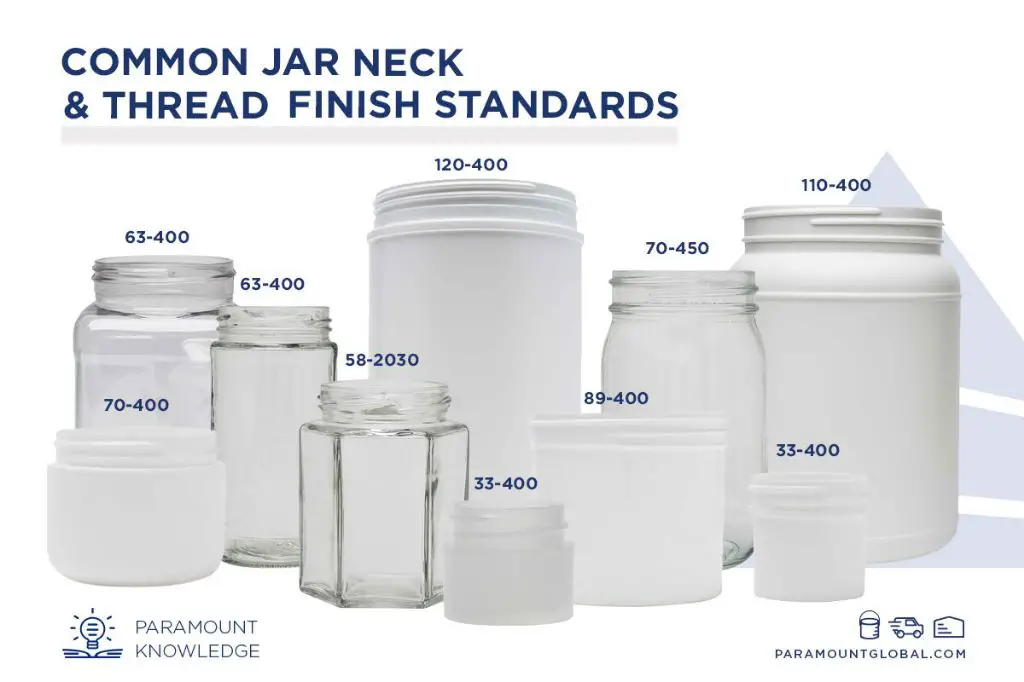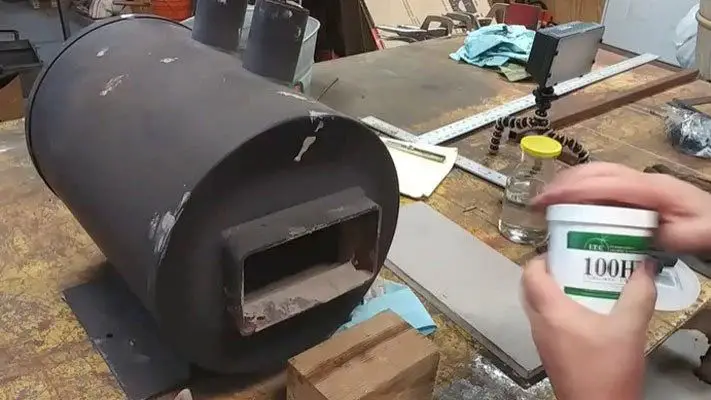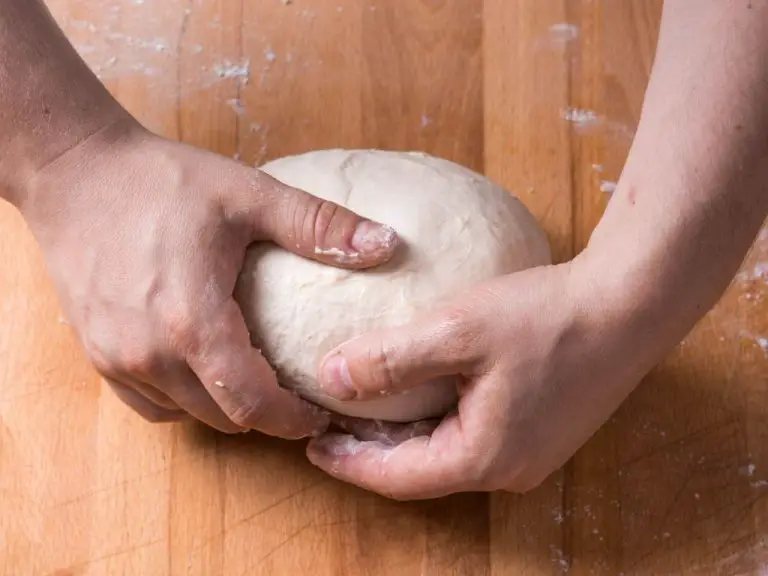How Much Is A Quart In A Container?
What Is a Quart?
A quart is a customary unit of volume equal to a quarter gallon or two pints. It is abbreviated as “qt.” The quart is widely used in both the US customary system and the British imperial system. Its definition is one quarter of a gallon, which is four cups or 57.75 cubic inches.
A quart is an everyday measurement used for liquids and dry goods. Some common items measured in quarts include milk, juice, oil, and paint. Recipes also regularly call for ingredient amounts in quarts. The quart is a convenient size between smaller units like cups and larger units like gallons.
Origins of the Quart Measurement
The quart measurement dates back hundreds of years to the early days of the British imperial measurement system. Back then, a quart referred to a quarter of a gallon. Since a British gallon contained four quarts, one quart equaled a quarter gallon.
The exact origins of the quart as a unit are unknown, but it emerged as part of the Anglo-Saxon system of measures used in England. This system was standardized in the 13th century by King Henry III. The quart was defined as a quarter of a wine gallon, which at that time contained 32 gills. A gill was a liquid measure equivalent to 5 fluid ounces.
The imperial system, including the quart unit, was eventually adopted by the British Empire. It spread to the American colonies in the 17th and 18th centuries. In the United States, the liquid quart was defined as 1⁄4 of the standard U.S. gallon. This was equivalent to 57.75 cubic inches or 0.946 liters. The U.S. legally adopted the imperial system in 1832.
Although most countries use the metric system today, the quart unit continues to be widely used in the United States for volume measurements, especially in cooking recipes and automotive applications.
How Much is a Quart?
A quart is an imperial and United States customary unit of volume equal to a quarter of a gallon or two pints. It is equal to exactly 0.946352946 liters or approximately 32 fluid ounces.[1]
More precisely, one quart is defined as being equal to 57.75 cubic inches. This is equivalent to:
- 32 fluid ounces
- 4 cups
- 2 pints
- 1⁄4 gallon
- 0.946352946 liters
So in summary, one quart is officially defined as being equal to 32 fluid ounces or 0.946 liters in both liquid and dry measure.[2]
Quart Equivalents
A quart is a common unit of measurement in the imperial system. Understanding quart equivalents in other units like ounces, cups, and pints is helpful when cooking or doing projects that require precise measurements.
Here are some key quart equivalents to be aware of:
- 1 quart = 32 fluid ounces (Source)
- 1 quart = 4 cups (Source)
- 1 quart = 2 pints
- 1 quart = 0.94635 liters
- 1 quart = 0.833 kilograms of water
Knowing these basic conversions allows you to substitute measurements in recipes and properly quantify liquids, ingredients, and other materials.
Quart Containers
Quarts are a common unit of measurement for container sizes. Here are some of the standard quart container shapes and dimensions:

- Canning jars – Canning jars are a very common quart sized container. A standard quart sized canning jar has a 2.5 inch opening and stands about 7 inches tall.
- Milk cartons – The traditional milk carton is square shaped and holds 1 quart of milk. It measures approximately 3 inches wide, 3 inches deep, and 6.5 inches tall.
- Tupperware – Many food storage container brands like Tupperware have containers specifically marked and shaped to hold 1 quart.
- Paint cans – Quarts are a standard size for paint cans. A quart sized metal paint can measures around 6-7 inches high with around a 4 inch diameter.
- Plastic bottles – Plastic juice, milk, and water bottles labeled 1 quart are roughly 6-7 inches high and 3 inches in diameter.
Quart sized containers come in a variety of materials like glass, plastic, and metal. Their shape can be cylinder, cube, or rectangular. But generally a quart container has a volume close to 57.75 cubic inches.
Quarts in Cooking
Quarts are commonly used measurements in cooking and baking recipes. A liquid quart is equal to 4 cups or 32 fluid ounces. Understanding quart equivalents is important for accurately following recipes.
Many recipes, especially for larger quantities, will list ingredients in quarts. For example, a soup recipe may call for 2 quarts of broth. Baking recipes for cakes or cookies often use quarts of milk or cream. Casseroles and stews may use multiple quarts of liquid ingredients.
When preparing recipes, use a liquid measuring cup with quart markings to precisely measure out the needed amount. Be sure to place the measuring cup on a flat surface and bend to read the marking at eye level for an accurate reading.
Quart containers can also be useful for measuring out bulk ingredients. For instance, storing flour or sugar in quart sized containers allows you to easily scoop out the called for amount.
Understanding quart equivalents allows you to modify recipes as needed. If you only have a pint of heavy cream but the recipe calls for 1 quart, you can substitute 2 pints to equal the full quart amount.
Quarts are convenient cooking measurements that work well for batch cooking and preparing recipes to serve groups. Being familiar with how much a quart is in cups, ounces, and other units ensures your recipes turn out perfectly.
Source: https://www.webstaurantstore.com/guide/582/measurements-and-conversions-guide.html
Quarts for Liquids
Quart-sized containers are very common for storing and transporting liquids. Some examples include:
- Water bottles – Many water bottles contain 1 quart or 32 ounces of liquid.
- Milk jugs – Milk is commonly sold in 1 quart containers.
- Juice cartons – Many juice cartons hold 32 ounces or 1 quart.
- Motor oil bottles – Bottles of motor oil often come in quart sizes.
- Liquor bottles – Some liquor bottles contain 1 quart or approximately 1 quart.
There are also storage solutions designed specifically for holding quart-sized liquid bottles, such as the Extreme Max Aluminum Liquid Storage Shelf. This organizer shelf can hold up to four 32 ounce/quart bottles upright and securely.
Being able to easily identify and store quart-sized liquid containers makes them convenient to use and transport. From beverages to automotive fluids, quarts are a versatile size for liquid measurement and storage.
Quarts in Automotive
Engine oil and transmission fluid are two of the most common automotive fluids measured in quarts. Here’s a quick overview:
Engine Oil
Most modern passenger vehicles take between 4-6 quarts of engine oil, with smaller 4-cylinder engines on the lower end of around 4 quarts, and larger V6 or V8 engines requiring 5-6 quarts. Some examples (Source):
- Small 4-cylinder engines – Around 4 quarts
- 6-cylinder engines – 5-5.5 quarts
- 8-cylinder engines – Around 6 quarts
When changing your oil, it’s always best to consult your owner’s manual to determine the exact capacity for your vehicle.
Transmission Fluid
Most automatic transmissions hold between 4-8 quarts of transmission fluid. Smaller 4-cylinder cars are often on the lower end, while trucks and performance cars require more (Source). For example:
- Smaller cars – 4-5 quarts
- Midsize sedans – 5-7 quarts
- Trucks/SUVs – 8-12 quarts
- High performance – Up to 15 quarts
As with engine oil, consult your owner’s manual when servicing your transmission to find the exact capacity.
Quarts in Construction
In the construction industry, quarts are a commonly used unit of measurement for various materials like paint, concrete, adhesives, and more. Paint is often sold in quart sized cans, with one quart equaling 32 ounces or 0.946 liters. According to (Linesight’s 2023 Construction Industry Report), rising costs of materials like paint are expected in 2023, driving up prices on construction projects.
Pre-mixed concrete is also sold in quart sizes for small jobs and repairs. One quart of concrete mix yields around 0.33 cubic feet of concrete when mixed with water. Concrete adhesives like mortar or grout may be sold in quart containers as well. Using quarts as a standard unit of measurement allows construction professionals to easily calculate material needs for their projects.
Other construction supplies like caulk, sealants, or epoxies often come in quart size tubes or cans. Roofing tar and asphalt patching compounds can also be purchased by the quart. Overall, quarts provide a convenient standardized quantity for purchasing the wide variety of materials used in construction work.
Fun Facts About Quarts
Quarts have been used as a unit of measurement for hundreds of years. Here are some interesting facts about this ubiquitous unit:
The word “quart” comes from the Latin word “quartarius” meaning “fourth part.” This refers to the fact that a quart is one fourth of a gallon. This origin dates back to ancient Rome when measurements were often based on dividing things into fourths.
While today we primarily see quarts used for liquids like milk or juice, they were originally used to measure dry goods like grains. The dry quart is still used sometimes today, equaling 1.101 liters while the liquid quart equals 0.946 liters.
Some early definitions of a quart were based on cubes. For example, a quart measure could be defined as a cube with sides of 3 inches, holding approximately a quart in volume. The cube shape made the units easy to stack and transport.
Oddly enough, a quart of milk is not actually equal to 946 milliliters or 32 oz like the definition states. Due to fat content and refrigeration, milk expands and the typical quart containers found in grocery stores often hold slightly more.
The most common modern uses of quarts are in food packaging and recipes, automotive oil, and construction materials like paints. Quart-sized containers are popular due to being compact but holding a useful quantity.
Quart jars became extremely popular in 18th century Europe for preserving fruits and vegetables. Canning technology advanced and quart jars sealed with cork and wax allowed food to be preserved for months.
During prohibition in the 1920s and ’30s in the United States, quart jars were frequently used for canning and distributing moonshine whiskey illegally due to their small size and resealable lids.






